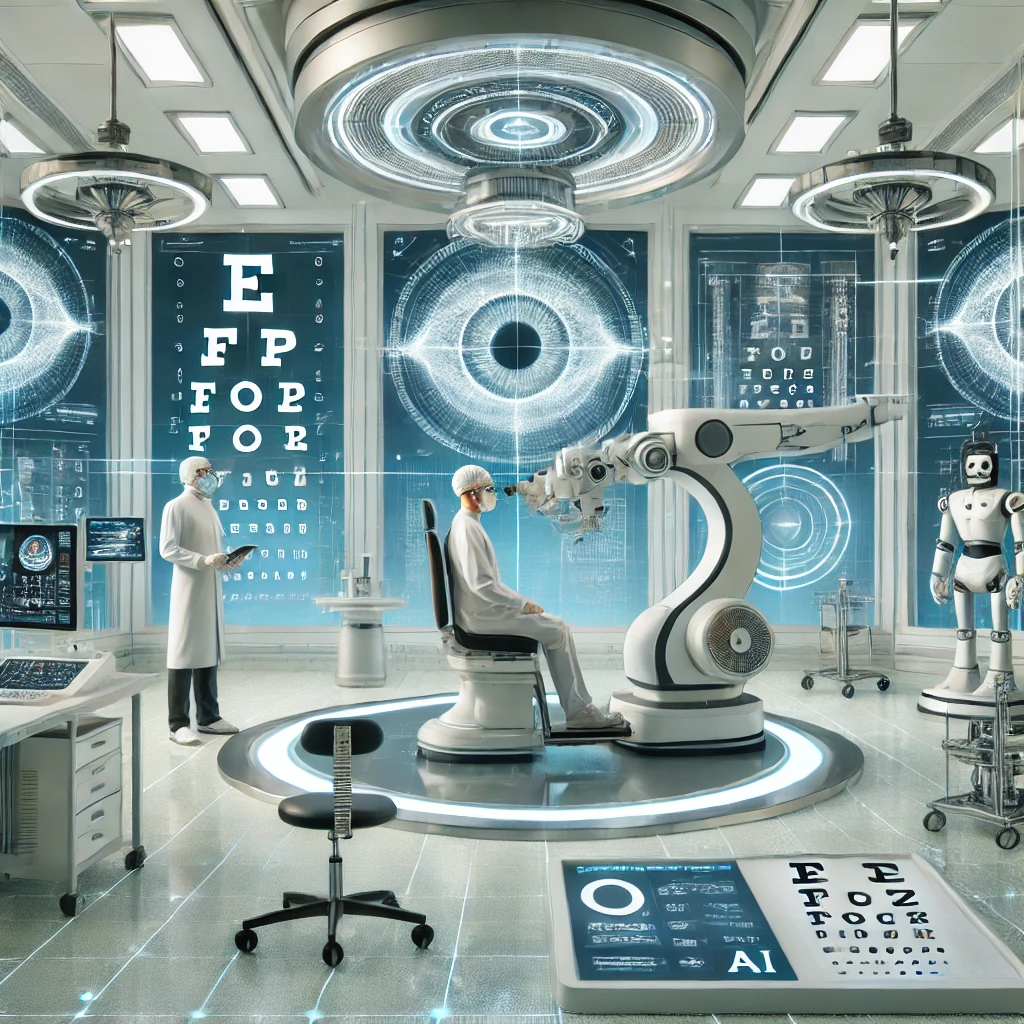Eye surgery has come a long way with advancements in technology making procedures more effective and less invasive. In 2024, the field of ophthalmology continues to evolve, offering cutting-edge solutions for vision correction, cataract surgery, and other eye-related conditions. This article explores the latest eye surgery technologies that are revolutionizing how we care for our eyes.
Table of Contents
1. Laser-Assisted Cataract Surgery
What is Laser-Assisted Cataract Surgery?
Cataract surgery is one of the most common eye procedures, and in 2024, laser-assisted technology has enhanced its precision. Surgeons use lasers to make incisions, break up the cataract, and replace the lens, reducing the risks associated with traditional methods.
Benefits of Laser-Assisted Surgery
- Greater Precision: Lasers allow for highly accurate incisions.
- Reduced Recovery Time: Patients experience quicker recovery due to minimal invasiveness.
- Fewer Complications: The laser reduces the chances of human error, making the procedure safer.
2. SMILE (Small Incision Lenticule Extraction) Surgery
What is SMILE?
SMILE is an advanced form of laser vision correction that treats conditions like myopia (nearsightedness). Unlike LASIK, which involves creating a flap on the cornea, SMILE uses a small incision, which reduces discomfort and enhances recovery.
Why Choose SMILE?
- Minimal Invasiveness: A smaller incision means less disruption to the eye’s natural shape.
- Quick Healing: Patients recover faster, with fewer dry eye symptoms.
- Stable Results: The precision of SMILE technology ensures long-lasting vision correction.
3. Advanced Intraocular Lenses (IOLs)
What are IOLs?
Intraocular lenses are artificial lenses used to replace the eye’s natural lens during cataract surgery. The latest IOL technology in 2024 includes multifocal, trifocal, and extended-depth-of-focus lenses that allow patients to see clearly at various distances.
Types of Advanced IOLs
- Multifocal IOLs: Help correct both near and far vision, reducing the need for glasses.
- Extended Depth-of-Focus IOLs: Offer a broader range of clear vision without compromising on quality.
- Trifocal IOLs: Provide clear vision at all distances—near, intermediate, and far.
4. Corneal Cross-Linking
What is Corneal Cross-Linking?
Corneal cross-linking is a technique used to treat keratoconus, a condition where the cornea weakens and bulges outwards. This procedure uses UV light and riboflavin (vitamin B2) to strengthen the cornea by creating new collagen links.
How Does It Benefit Patients?
- Stops Disease Progression: Cross-linking prevents further weakening of the cornea.
- Improves Vision: It can reduce the bulging of the cornea, leading to better vision.
- Non-Invasive: The procedure is relatively simple and doesn’t require any incisions.
5. Artificial Intelligence in Eye Surgery
AI in Ophthalmology
Artificial intelligence (AI) has become a crucial tool in diagnosing eye conditions and planning surgeries. In 2024, AI-powered platforms help doctors identify problems with extreme accuracy, offering tailored surgical plans for each patient.
Benefits of AI in Eye Surgery
- Improved Accuracy: AI helps detect early-stage conditions that may not be visible to the human eye.
- Personalized Care: Every patient receives a surgical plan specifically designed for their eye condition.
- Efficiency: AI can speed up diagnosis and decision-making, reducing wait times for surgeries.
6. Robotic-Assisted Eye Surgery
What is Robotic-Assisted Surgery?
In 2024, robots are increasingly being used in delicate eye surgeries. Robotic-assisted systems allow for precise control of surgical instruments, reducing human error.
Advantages of Robotic Systems
- Enhanced Precision: Surgeons can operate with greater accuracy, especially in complicated procedures.
- Less Invasive: Robotic systems allow for smaller incisions, reducing recovery time and discomfort.
- Consistent Results: Robots help ensure the surgery is performed with uniform precision, leading to better outcomes.
Conclusion
The latest eye surgery technologies in 2024, such as laser-assisted cataract surgery, SMILE, advanced IOLs, and AI integration, are transforming how patients experience vision care. With innovations in precision and patient-centered approaches, these technologies offer quicker recovery, improved accuracy, and long-lasting results. As technology continues to advance, the future of eye surgery looks brighter than ever.
